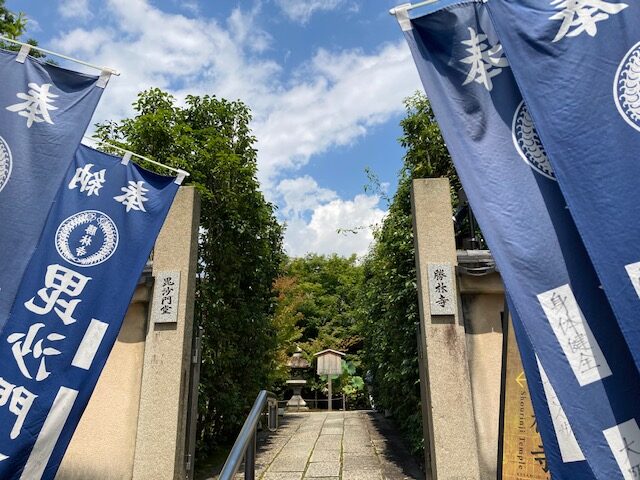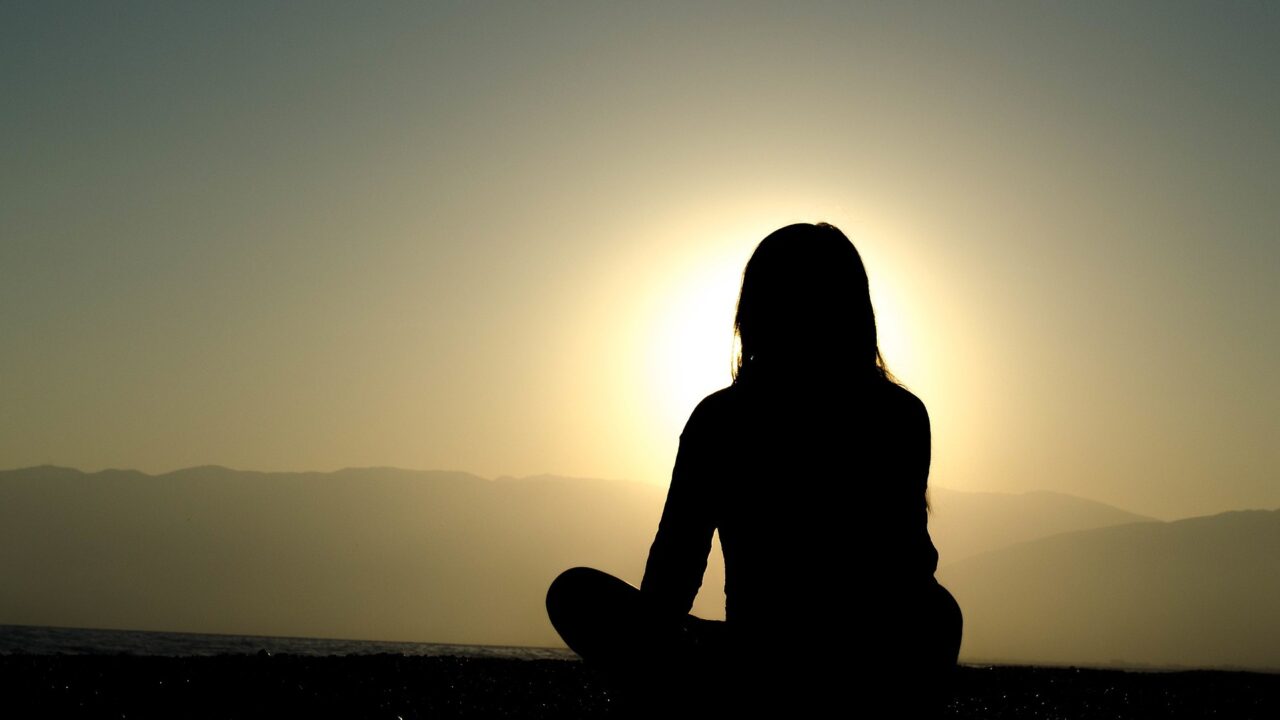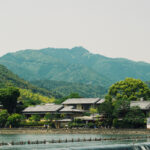Finding a Temple for a Zazen Experience

I was grasping at straws, hoping to make a positive difference in my state of mind.
I searched for temples in Kyoto City on the Internet and found that a number of temples offer Zen meditation on a regular basis, but most of them have cancelled it for the time being due to the ongoing corona disaster. However, I found out that Shorinji Temple, one of the pagoda temples of Tofukuji Temple in Kyoto, offers daily Zen meditation sessions.
I immediately applied online, and received an email the next day confirming the completion of my application, a process that I am impressed with nowadays.
What happens on the day

When you arrive at the temple at 12:20 p.m. on the day of the tour (10 minutes before the tour starts), you must first pay the fee (1,000 yen) at the reception desk.
We were quickly ushered into the temple to wait for the start. There were 15 cushions (3, 5, and 5) arranged in a way that I felt I could maintain my social distance. I was the first one, so I took the first seat on the left. A group of one man and five women followed me, for a total of seven people.
The priest arrived on time. He wore a mask and brought a microphone.
First, a brief explanation of the temple was given, followed by an explanation of how to do zazen.
The first thing to learn is how to cross your legs, how to put your hands together, where to look, and how to breathe. The breathing exercises are basically long and thin (i.e. slow), inhaling and exhaling one turn at a time, counting to ten, and continuing until the end. The key is to not think about anything else as you do this counting.
When I actually try to do it, I find it hard to continue. After all, many things come into my mind and prevent me from counting mindlessly. Also, just when I think I’m counting smoothly, I get sleepy and stop counting.
In this way, when you cannot concentrate on zazen, you can show your intention by joining your palms together and have your shoulder struck with a kesaku (in Rinzai Zen, it is called a kesaku; in Soto Zen, it is called a kyosaku). This is called “blackmail. This is what is called “blackmailing.
We were told that actual monks can do this zazen for more than an hour, but since it was an experience, we did two sets of 15 minutes or 30 minutes in total.
After that, the program ends with a 10-minute talk by the head priest, in a relaxed state with your legs collapsed. The total program is exactly 60 minutes.
Lastly
Although it was only a short experience, it made me realize that I am constantly thinking about something in my daily life, or to put it another way, that there is no time for “no-mind” in my daily life.
I think this act of “no-mind” is useful not only when you want to rest your mind, but also when you are deciding on something important. I recommend experiencing this at every juncture.



